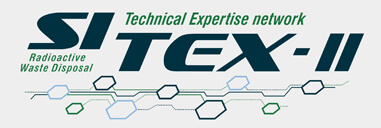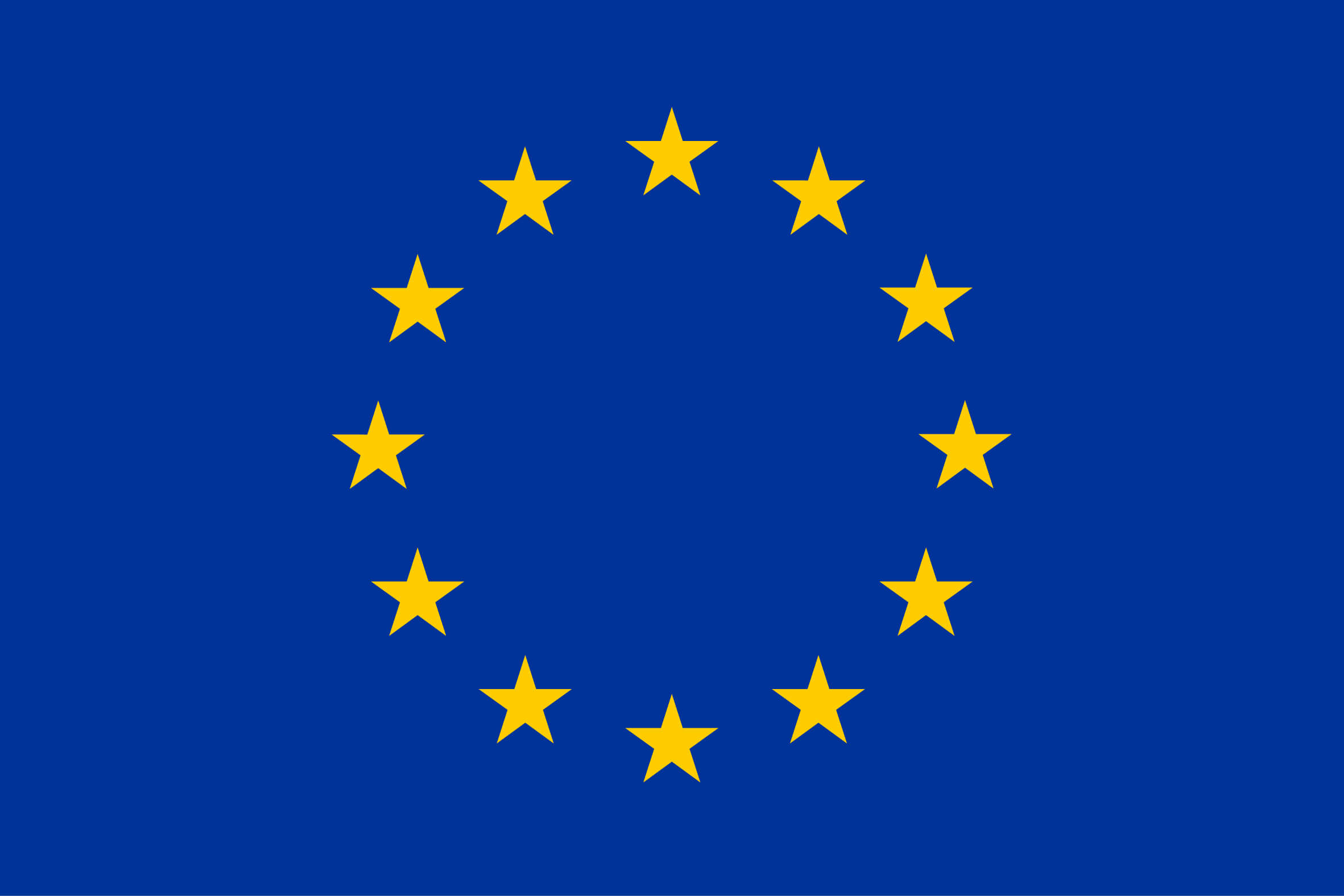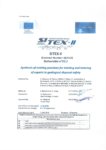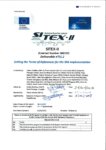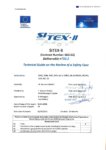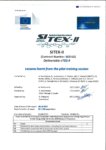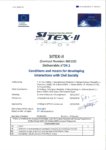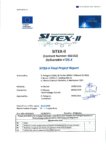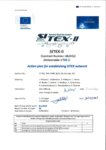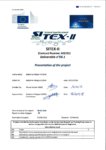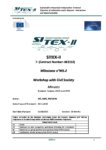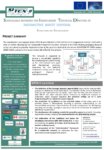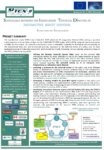SITEX-II: Sustainable network for Independent Technical EXpertise of radioactive waste disposal – Interactions and Implementation
The co-ordination and support action SITEX-II was initiated in 2015 within the EC programme Horizon 2020 with a view to further developing the independent Expertise Function network in the field of deep geological disposal safety.
Overview
Project Dates: 01/06/2015 – 01/12/2017
Project Status: Finished
Project Website: www.sitexproject.eu/index_2.html
SITEX-II brought together representatives from 18 organisations involving regulatory authorities, technical support organisations, research organisations, specialists in risk governance and interaction with general public, including non-governmental organisations (NGOs) and an education institute. It was aimed at practical implementation of the activities defined by the former EURATOM FP7 SITEX project (2012–2013), using the interaction modes identified by that project. The network was expected to ensure a sustainable capability for developing and co-ordinating, at the international level, joint and harmonised activities, necessary for the technical review of a safety case for deep geological disposal of radioactive waste.
Objective
SITEX-II tasks were:
- To further define the Expertise Function’s R&D programme necessary to ensure independent scientific and technical capabilities for reviewing a safety case for geological disposal. In this perspective, SITEX-II developed a Strategic Research Agenda (SRA) and defined the Terms of Reference (ToR) for the implementation of specific topics of this SRA, accounting for the preparatory work to be carried out in the framework of the EC (Horizon 2020) JOPRAD project for construction at the European level of a Joint Programming (JP) of research for geological disposal;
- To further elaborate a joint review framework, by developing and documenting in position papers and technical guides a common understanding of the interpretation and proper implementation of safety requirements – addressed by an EU directive and international standards and recommendations (IAEA, ICRP, WENRA, etc) – in the safety case for the successive phases of facility development (conceptualisation, siting, reference design, construction, operational, post-closure);
- To practically demonstrate training services that may be provided by the foreseen SITEX network. Training modules at a generalist level were developed, with emphasis on the technical review of the safety case, based on national experiences, practices and prospective views. The training modules integrated the outcomes from the other SITEX-II tasks and supported harmonisation of the technical review processes across Europe. A pilot training programme was organised and evaluated;
- To elaborate the conditions and means for developing interactions with Civil Society (SC) in the framework of the foreseen SITEX network, in view of transparency of the decision-making process. The SITEX network was expected to support development of these interactions at different levels of governance and at different steps of the decision-making process. Three thematic tasks, namely R&D, safety culture/review and governance were addressed by technical experts and representatives of CS within SITEX-II, as well as externally through workshops with other CS organisations;
- To set out an Action Plan related to the content and practical modalities of the future Expertise Function network.

